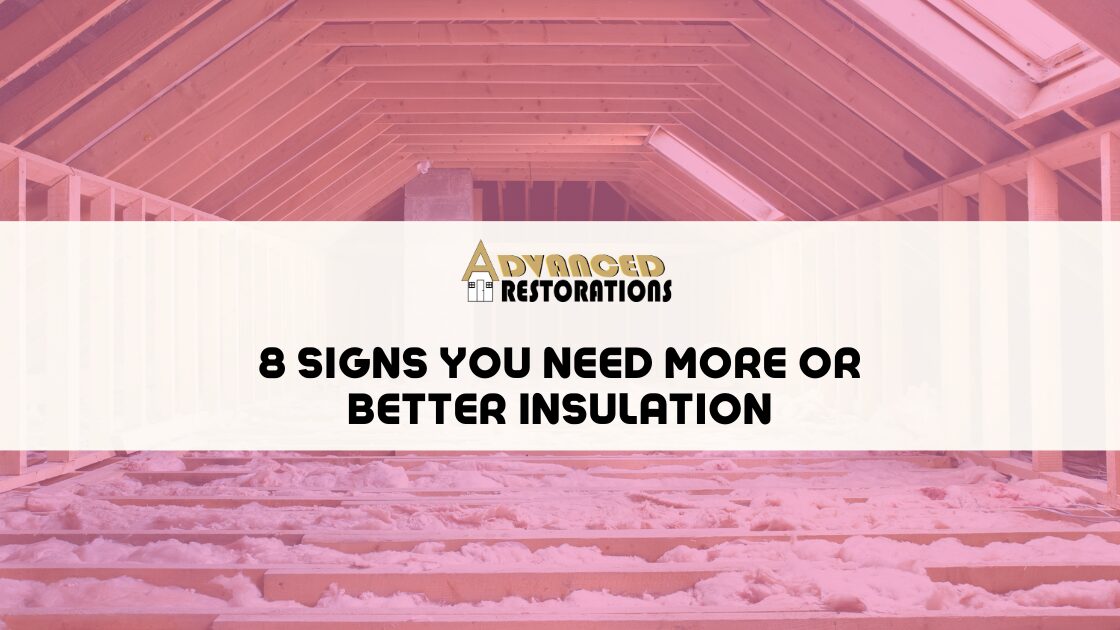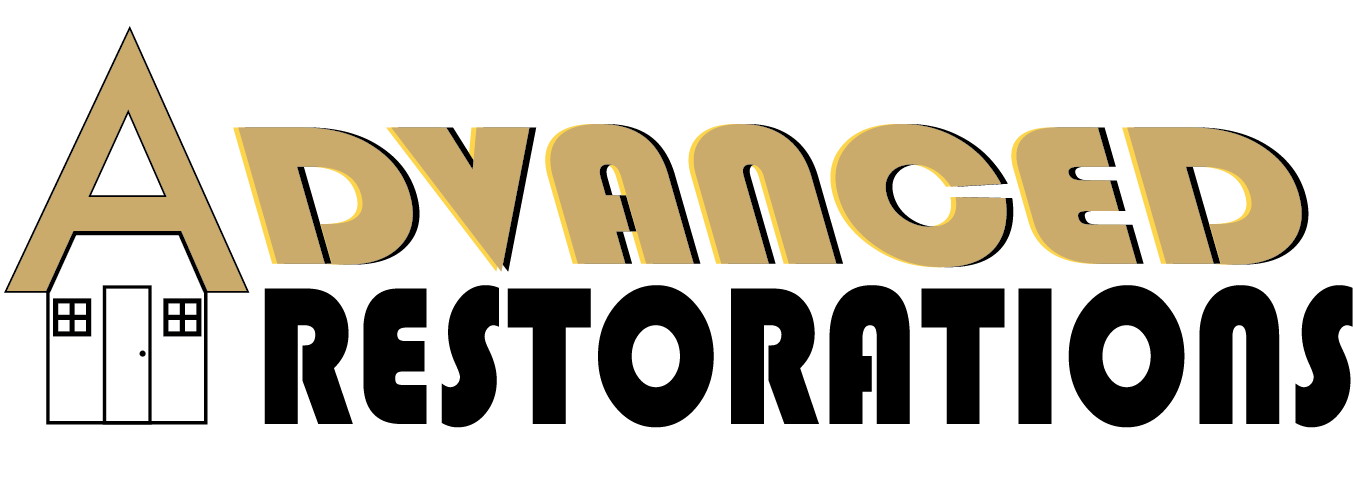
8 Signs You Need More or Better Insulation
During a long Cold Winter with low temperatures extending over long periods, it is important to ensure that your home is properly insulated. It is recommended that if your home was built prior to 1970, that you may need to re-insulate, but beyond the age of home, there are many additional signs that will alert you of insulation issues.
1. Attic Issues – One of the first places to look for insulation issues is the attic. While in your attic, if you detect any moisture or notice water coming through the ceiling, there is a strong chance you have insulation issues. If your home is feeling colder during winter months typically points to lack of insulation in the attic. Thirteen inches of insulation is the recommended amount of insulation for your attic. By adding additional insulation to the attic access door, you can eliminate drafts. Attic issues are very common in older homes but can be present in newer homes as well so it is always good to start with checking the attic!
2. Expensive Energy Bills – You may feel like you have done everything possible to keep your home running efficiently yet continue to see your bills rise in the Winter and Summer months. This could be a sign that your insulation is not working. With insulation issues, you may notice during the extreme weather months that your air conditioner and furnace run for longer hours or never turn off. With good insulation, you should be able to turn off your AC or furnace without the home’s temperature rapidly adjusting to the temperature outside. Cooling and heating systems are important for maintaining a consistent level of comfort in your home, but they shouldn’t be running nonstop to maintain temperatures. So, if you have been facing high energy bills with nonstop AC and furnace use, usually your insulation is the real issue.
3. Ice Dams – Contrary to popular belief, icicles hanging from your roof are not pretty, but a signal of something more sinister. Icicles are a sign of an ice dam, which can be a major threat to your roof and gutters. When running a furnace in a sufficiently insulated home, heat rises into the attic then escapes out through the vents warming your home. When running a furnace in an insufficiently insulated home, heat rises into the attic making it warmer and eventually starts to heat the top of the roof, where snow can melt. As the melted snow (water) trickles down towards the roof edges, it can begin to freeze from the colder air causing an ice dam with oversized icicles on sides of your roof. Along with oversized icicles being a safety hazard, these dams can also lead to leaks in the home as they begin to melt. If you see large icicles on the perimeter of your roof, you should schedule an insulation inspection immediately.
4. Hot and Cold Rooms – When your bedroom is freezing cold, yet your living room is heating up like the desert, this is a major sign that something is wrong. Typically, these events occur when your insulation is doing its job in parts of your home, while still failing you in weak points throughout the home. A well-insulated home should never have drafts, so if you ever step into a room that feels drafty, we advise you check around your home for other weak points letting in drafts. Walls of interior closets are a good place to check for cold and drafts as the issues often go unnoticed by homeowners. If you are lucky, then there will only be certain rooms needing insulation and the rest of your home will be fine. If any of your walls are cold and you start noticing drafts in rooms, make sure to let a contractor know and get an inspection done right away.
5. The Condition of Your Current Insulation – While it may seem obvious at first, many homeowners do not check on the condition of their current insulation that can be seen in points of the home like an attic. If your insulation is crumbly and outdated looking, it most likely would not meet today’s building codes. If you know that the insulation is old and can tell that it is crumbly, do not take matters into your own hands. Always consult with professionals because sometimes it is best not to disturb older insulation, as it may contain toxic chemicals like asbestos. In some cases, professionals will apply new insulation over the existing insulation. If it’s safe to remove, let the experts remove it properly to eliminate any danger.
6. Frozen Pipes – Finding frozen pipes in your walls, can be another huge indicator of an insulation issue. Sufficient insulation protects your home from damage that can be caused by freezing temperatures. In a poorly insulated home, the exterior walls can begin to leak the cold temperatures into the home hitting the pipes first. When pipes start to freeze, they can eventually burst and cause thousands of dollars’ worth of damage to the interior of your home.
7. Spotting Unwanted Cracks – Another common issue is spotting cracks around doors and windows. Typically, this can be a do-it-yourself fix by sealing the cracks off with some caulk. After sealing off any cracks, if you place your hand on the newly sealed area and still feel any drafts you may need to apply more caulk. Do not let these go unchecked because even a few cracks are all it takes to let enough cool air or heat escape that results in super high energy bills.
8. A Place for Pests and Moisture – If you notice any mice or cockroach droppings along with any other indicators that pests have infiltrated your home, this could be a sign that your home’s building structure has been compromised. Insects and other pests can eat away at the insulation and other important structural points for the building. The main danger that can occur is moisture developing and causing the insulation to collapse as it becomes damp. If any insulation starts to collapse, gaps can be created allowing unwanted air flow through your home.
Give us a call today to ensure your home’s insulation level is adequate and efficiently keeping heated air inside your home!
